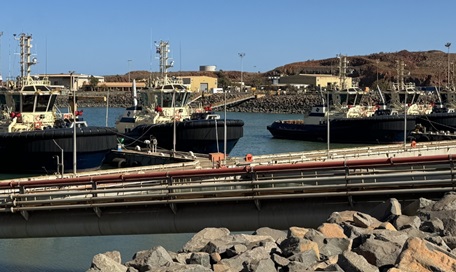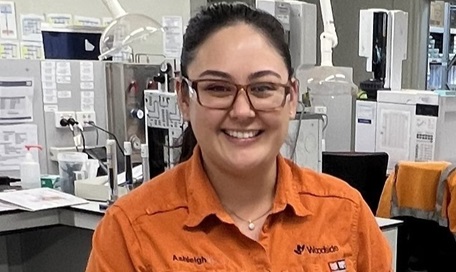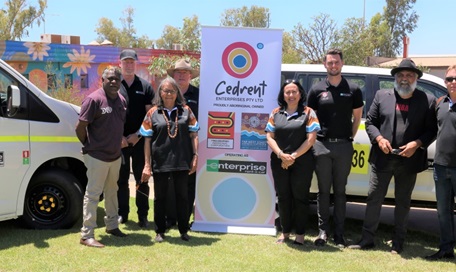Emissions and fuel costs down with Woodside’s tugboat operations
Early results from the new contracted tug fleet for Woodside’s operations in Western Australia's (WA) North West indicate substantial savings are being generated in both fuel usage and greenhouse gas emissions.
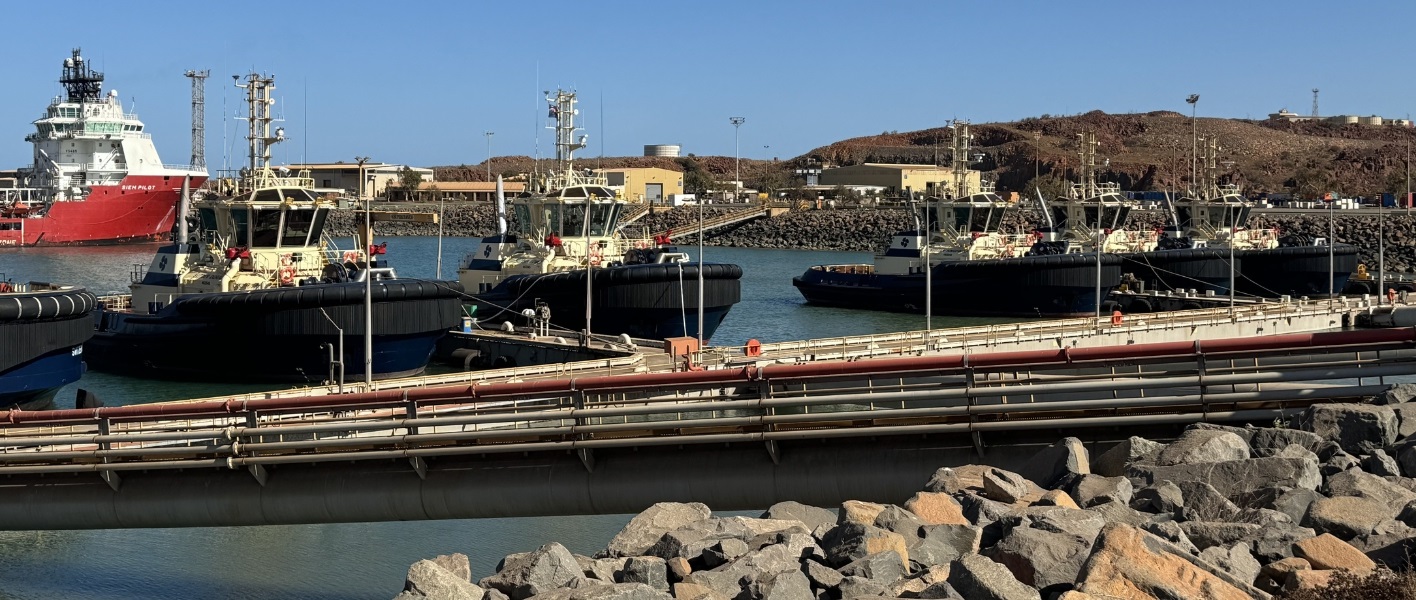
David Kenny, Woodside Port Operations Superintendent, says the savings are due in part to new tugboat engine technology and because of improved tug master work practices.
"We’re 15 months into our new contract with Svitzer and the figures coming in suggest we’re saving up to 50% in fuel on the pilot boat and around 25-30% on the tugs," David reports.
Woodside signed a 10-year contract plus options with Svitzer to provide terminal towage and pilot transfer services at Woodside LNG export terminals in WA’s North West from the end of 2023. This came after Woodside conducted an exhaustive review of all options for powering new tugboats, David adds.
Key drivers for the contract were innovation, increased power to assist with the bigger ships that now export from the North West and a reduction in overall emissions. Our five new tugboats are 28 metres long (the length of two buses) and are fitted with two 2350 kilowatt diesel engines that each have six turbo chargers, enabling the vessels to go from idle to full power within seven seconds.
Another impressive feature is the SY-Drive variable marine propulsion system which can drive fuel savings of up to 10%. The system allows one of the tugboat’s two diesel engines to power both thrusters, reducing emissions and engine-run hours. And the advanced engine design increases towage capability, with more power and faster delivery.
“If you run two diesel engines at low rpms, then they’ll be less efficient. But if you run just one engine at its sweet spot, you’ll be using the vessel more efficiently,” says David Bartnik, Svitzer Australia’s Head of Innovation.
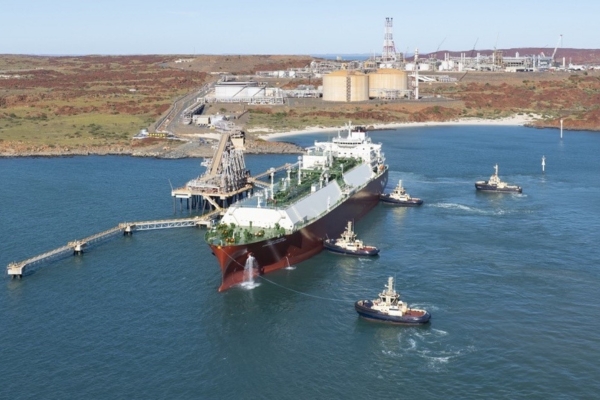
David Kenny adds that a new policy called “Aim for Eight” that encourages tug masters to keep to eight knots when transiting – i.e., travelling to and from an LNG cargo vessel – is also proving effective.
Using a tracking device known as automatic identification system (AIS) technology that records a vessels location at specific times, and therefore enabling speeds and fuel usage to be determined, is delivering figures that show the policy is improving fuel efficiency.
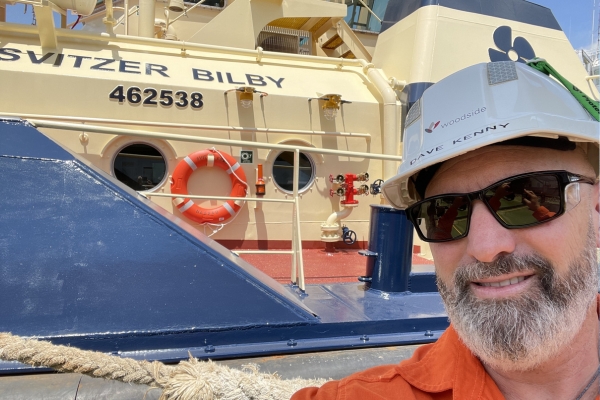
“They’re only estimates but they’re a very effective way of promoting fuel-efficient operations,” says David.
Woodside and Svitzer are also examining how a solar plant might help supply power to tugs in lieu of the electricity grid. Work on this project is continuing.

